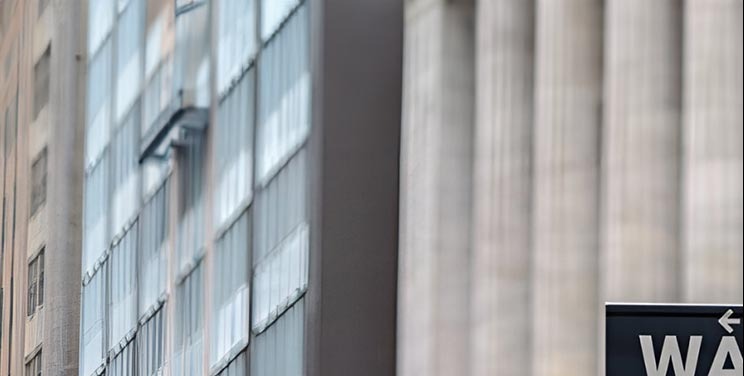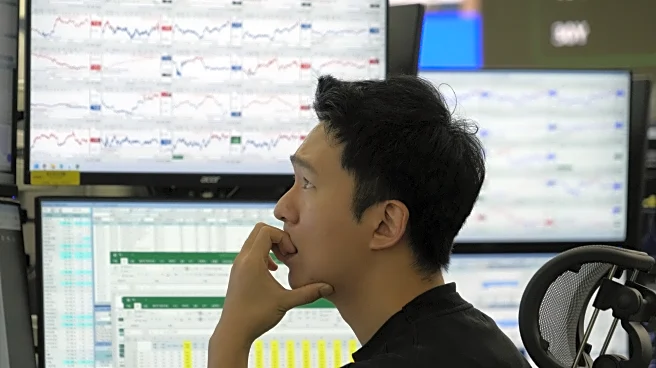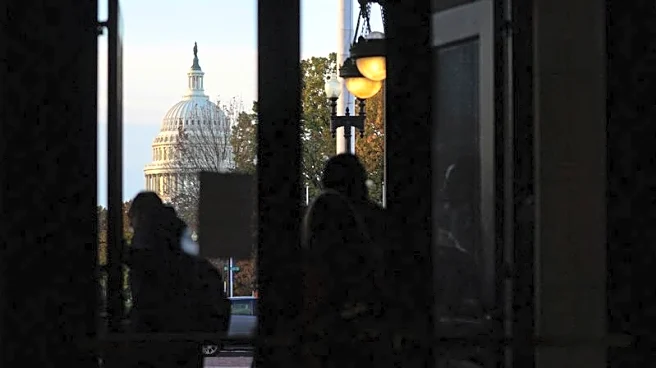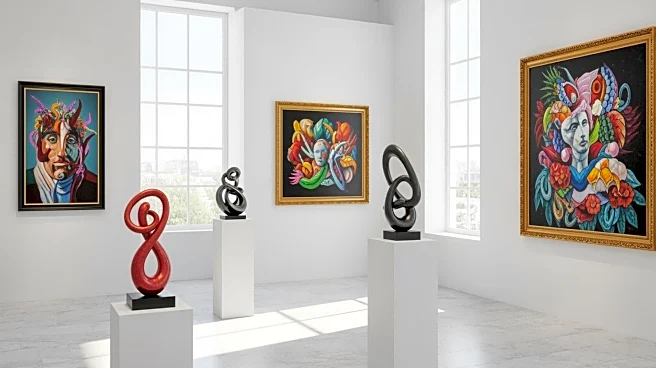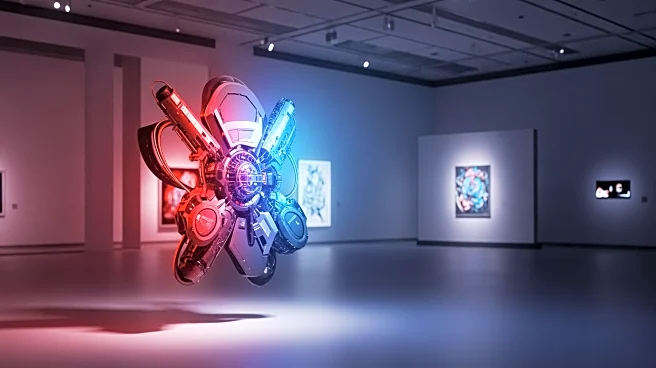What's Happening?
Paris Photo returns for its 28th edition at the Grand Palais, featuring 220 exhibitors from 33 countries. Despite market challenges, including slower acquisitions and increased production costs, the fair
highlights a diverse range of photographic works. Notable trends include the resurgence of Japanese galleries, increased representation of women photographers, and strong presentations from Latin American galleries. The fair also features new works by established artists like Sally Mann and emerging talents such as Jack Davison. The digital section offers a counterpoint to the analogue-heavy main sector, showcasing conceptually rigorous works exploring AI.
Why It's Important?
Paris Photo's emphasis on diversity and inclusion reflects broader shifts in the art market towards more equitable representation. The increased visibility of women photographers and international galleries highlights the fair's commitment to showcasing a wide array of perspectives. This diversity is crucial in fostering a more inclusive art community and encouraging dialogue around global photographic practices. The fair's ability to attract significant attention despite economic challenges underscores the resilience of the photography sector and its continued relevance in the art world.
What's Next?
As the fair continues, galleries and artists may seek to capitalize on the exposure gained at Paris Photo, potentially leading to new collaborations and exhibitions. Collectors and institutions might adjust their acquisition strategies to align with emerging trends in the photography market. The fair's focus on diversity could inspire other art events to prioritize inclusive representation, influencing the broader art industry. Stakeholders will likely monitor the fair's outcomes to assess its impact on market dynamics and future editions.
Beyond the Headlines
The fair's emphasis on diversity raises important questions about the role of art in addressing social and cultural issues. It highlights the potential for photography to serve as a tool for social change, offering insights into different cultural contexts and histories. The presence of digital works exploring AI suggests a growing interest in the intersection of technology and art, which could lead to innovative practices and discussions in the art community.





